According to the , published by the National Institute of Building Sciences in the U.S., there are hundreds of green building and product certifications around the world, with new ones added every year. How effective are these standards at reducing carbon emissions or creating zero-carbon buildings?
“Green building certification is an important first step towards creating a more sustainable built environment,” Mohammed Al Surf, director of the carbon department at the Saudi-based environmental consultancy Tilad Group.
Although certifications reward projects for incorporating various sustainable design and construction practices and encourage more environmentally-friendly methods of development, Al Surf also says certification alone won’t ensure a truly green building.
“It should be seen as just one part of a larger strategy for reducing our environmental impact.”
He points out while green certifications share the common goal of reducing the negative environmental impact of buildings by setting objectives for designers and builders, in many cases these must be verified by third parties. That usually entails registration and inspection fees
Furthermore, he lists shortcomings.
“Certification does not necessarily mean that all materials used were sustainably sourced or produced with minimal environmental impact,” something becoming increasingly important as the embodied carbon component in construction gains recognition for its significance.
Secondly, there is no assurance that either sustainability or energy-efficiency will be maintained over the long-term without attention being paid to good building management practices.
Four green building standards are seen most commonly among North American commercial and institutional buildings.
Probably the best known is LEED, a points-based rating system developed by the U.S. Green Building Council.
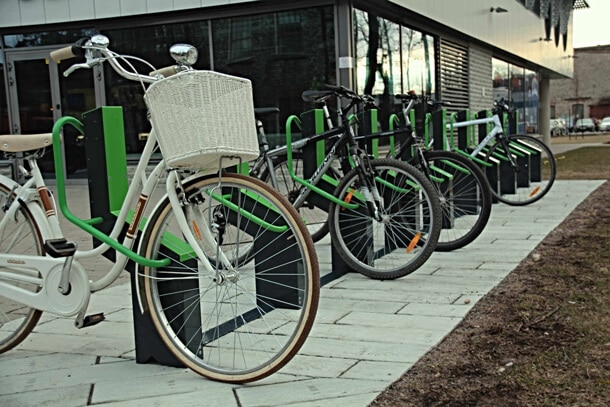
BREEAM (Building Research Establishment Environmental Assessment Method), developed in 1990 in the U.K., is becoming increasingly popular in North America. BREEAM goes beyond LEED and involves a broader range of assessment categories, such as ecology and pollution.
The WELL Building Standard is a performance-based certification system considered more weighted towards the health and well-being of building occupants.
Passivhaus certification focuses primarily on reducing the energy required for heating and cooling.
Al Surf used the example of a green certification like LEED to suggest it doesn’t necessarily mean a building is actually sustainable. He claims “a building can meet all the requirements for LEED certification and still have major sustainability problems.”
His concerns by Robert Orr, founder of community design and development think-tank Seaside Institute. In fact, Orr is somewhat suspicious about the green motivations of some project owners and designers.
“Based on independent assessments of the growing stock of completed LEED projects, results seem to suggest that most users of the program are drawn more to self-serving collateral benefits rather than to implementing methods that lead to measurable environmental improvements.”
Orr cites analysis suggesting LEED buildings perform no better, and in fact sometimes worse, than non-LEED buildings.
“Many recommended actions, especially those selected by users, have little to no effect. Too few of its standards are results-driven, with high pay-back in areas other than environmental stewardship. Installing a bike rack outside a building receives the same number of points as redeveloping a brownfield site.”
Edge Technologies CEO Coen van Oostrom is concerning the present-day fixation on green standards.
“The system is wrong, and we need to change it quickly. It is taking a lot of effort away from the things that are really important.”
It leads Adam Strudwick, principal with global design practice Perkins & Will, to suggest reconsidering concepts behind building design.
“BREEAM, LEED, Zero Energy Certification, although well intentioned, is distracting us from the bigger picture. We are ignoring a key part of the sustainable building picture: human experience, and levels of use,” he . “We must prioritize a blend of functionality, comfort, technology, amenities, and accessibility, right alongside our energy and carbon-saving targets. It is surely common sense at this point; we need spaces as full of life as they are sustainable.”
John Bleasby is a freelancer writer. Send comments and Climate and �鶹��ý����ion column ideas to editor@dailycommercialnews.com.


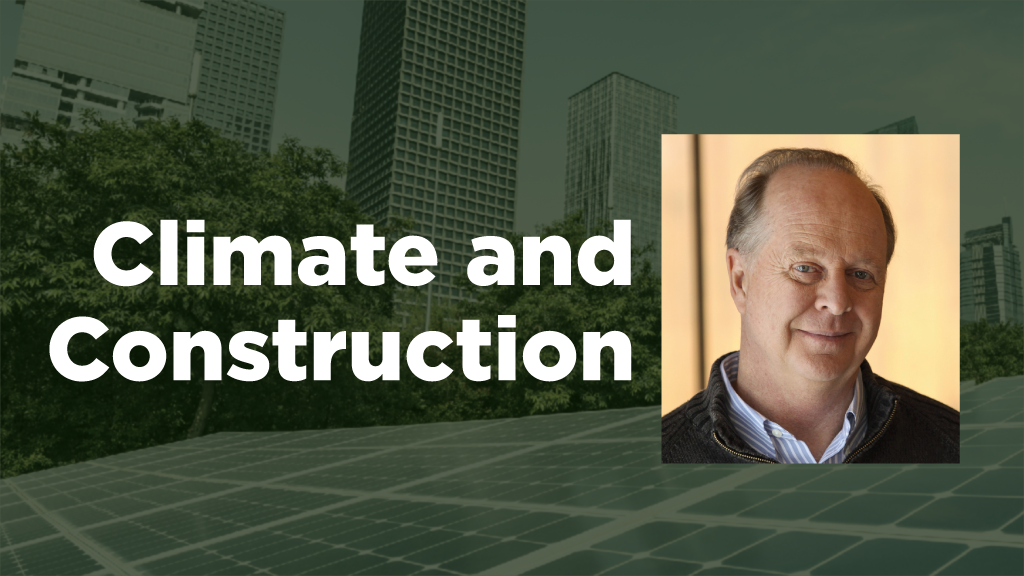



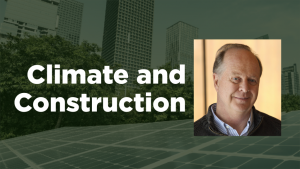
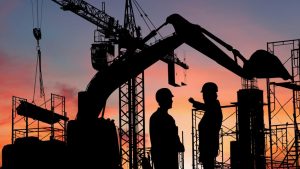
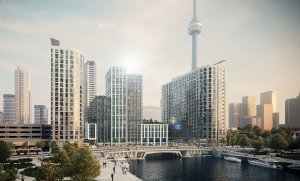

Recent Comments